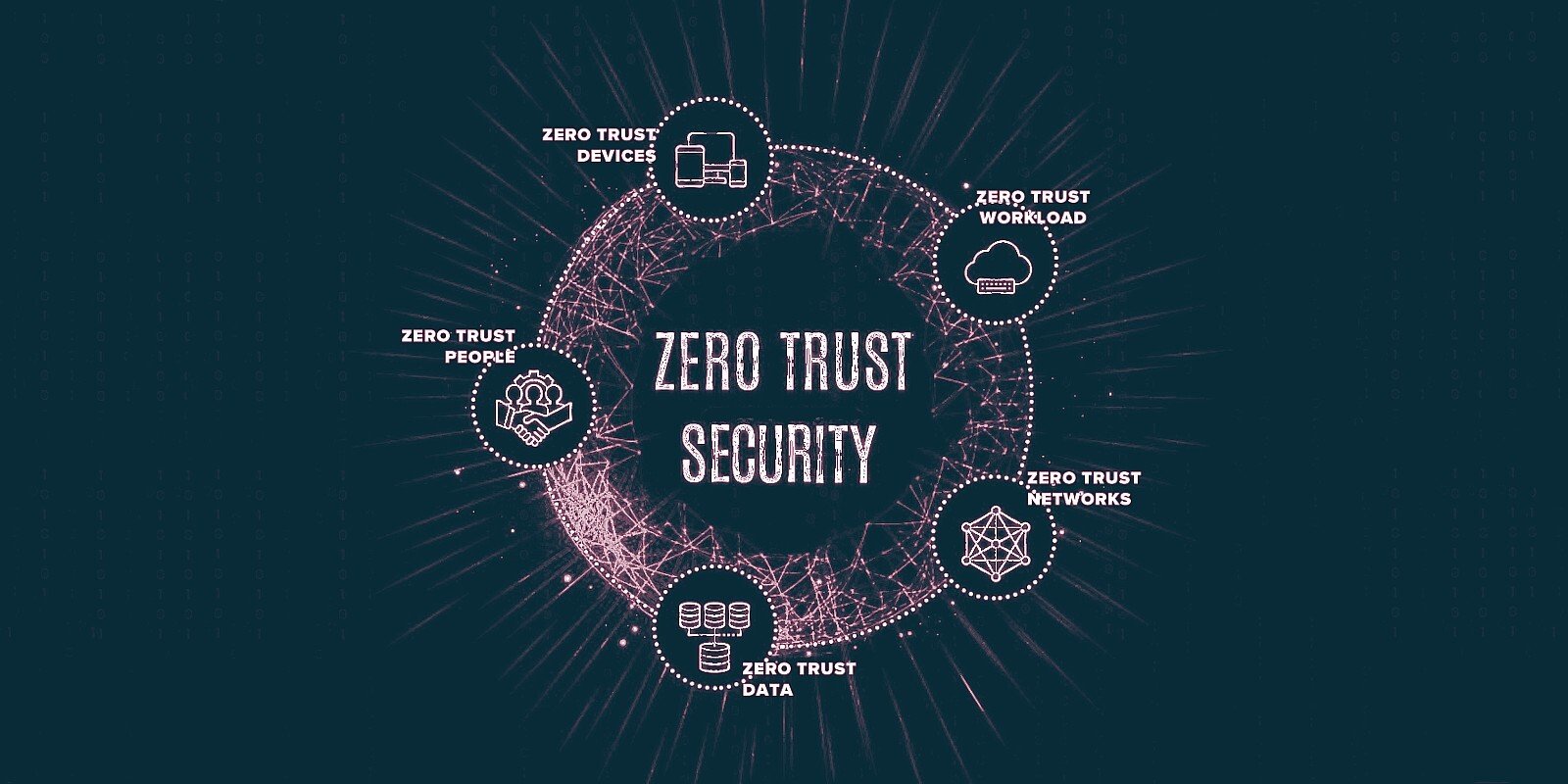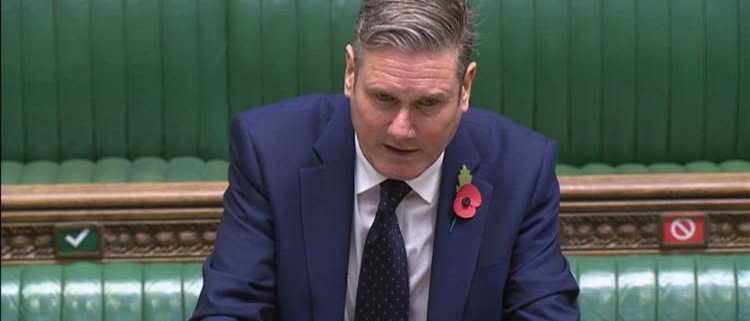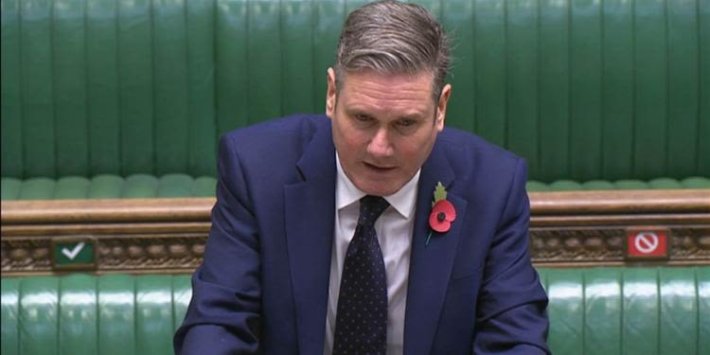HackersEra are taking over challenges of automotive security with their revolutionary approach
HackersEra is India’s first-ever vehicle pentest company that understands the need for security of vehicles and has been successful in providing comprehensive solutions and planning out strategies to protect the various assets of an organization, shares Vikash Chaudhary, the CEO of HackersEra. Being the experts in Penetration Testing, HackersEra has now taken over the challenges of Automotive Security.
The Age of Automobile Hacking: A Closer Look to Automotive Security!
Automotive security discusses the branch of computer security that is fixated on the cyber threats associated with the automotive background. The gradually increasing number of ECUs in automobiles and, along with that, the application of several diverse means of communication from and to the vehicle in remote and wireless means led to the requirement of a branch of cybersecurity devoted to the coercions related to the vehicles.
Vehicles are nowadays also linked with devices with Bluetooth, incorporated cellular communication and Wi-Fi for a far-flung start, locate my car, and various other applications. Automobile to set-up, automobile to automobile, automobile to cloud, and automobile to everything technology also make cars exposed to hackers.
It is a moderately new notion for the Indian markets. Nevertheless, it is not going to go anywhere, Automakers are getting themselves ready for automotive security. The notice of Tesla entering the Indian market has the people thrilled and also curious regarding automotive security in a lot of ways. Although there are not a lot of professionals in this field, there is one Indian firm that has come out to be an innovator in Automotive Security, which is HackersEra.
Vehicle Pentesting: The Need for Tomorrow!
In a world that constantly moves around the internet, there is probably not a single thing that you cannot do with the snap of a finger via the internet. In such times, the necessity to empower vehicle-to-internet communication and other remote availability has suggestively enlarged the outbreak surface of an up-to-date car.
While vehicle pentesting is still something that the automakers are trying to attain to accomplish Automotive Security, pentesting…






